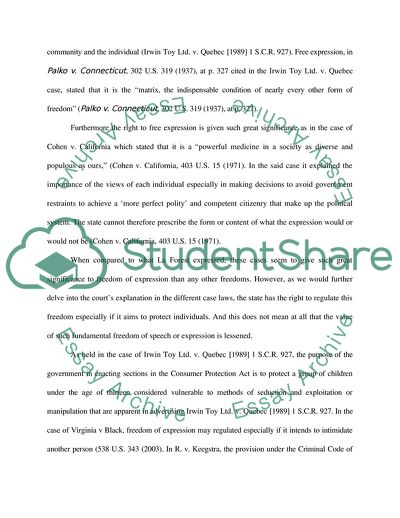Cite this document
(Freedom of Speech and Other Freedoms Case Study, n.d.)
Freedom of Speech and Other Freedoms Case Study. Retrieved from https://studentshare.org/law/1722162-lawfreedom-of-speech
Freedom of Speech and Other Freedoms Case Study. Retrieved from https://studentshare.org/law/1722162-lawfreedom-of-speech
(Freedom of Speech and Other Freedoms Case Study)
Freedom of Speech and Other Freedoms Case Study. https://studentshare.org/law/1722162-lawfreedom-of-speech.
Freedom of Speech and Other Freedoms Case Study. https://studentshare.org/law/1722162-lawfreedom-of-speech.
“Freedom of Speech and Other Freedoms Case Study”. https://studentshare.org/law/1722162-lawfreedom-of-speech.


